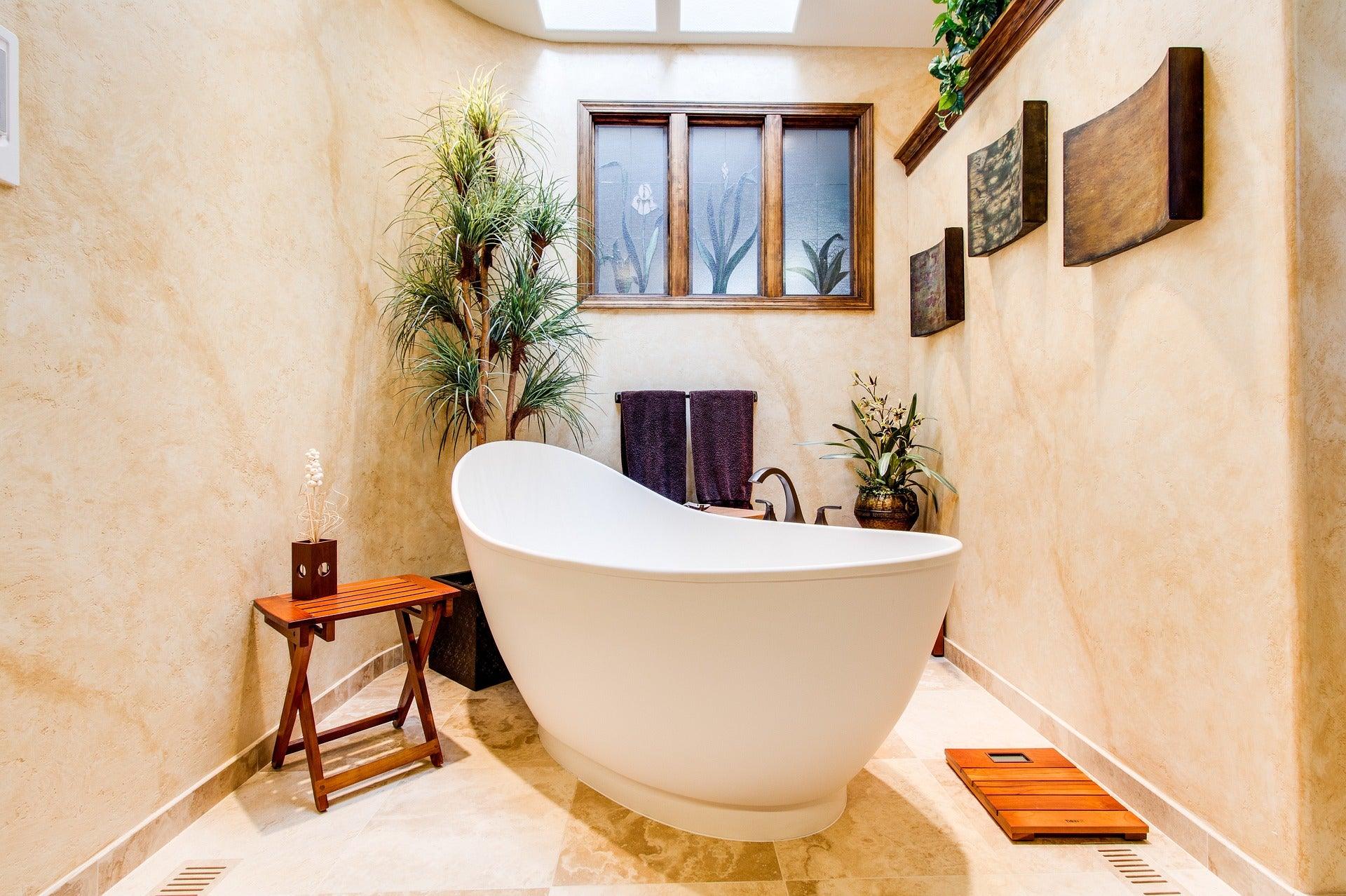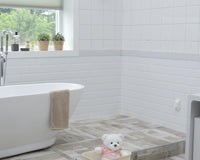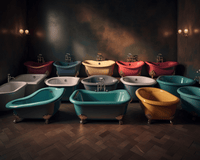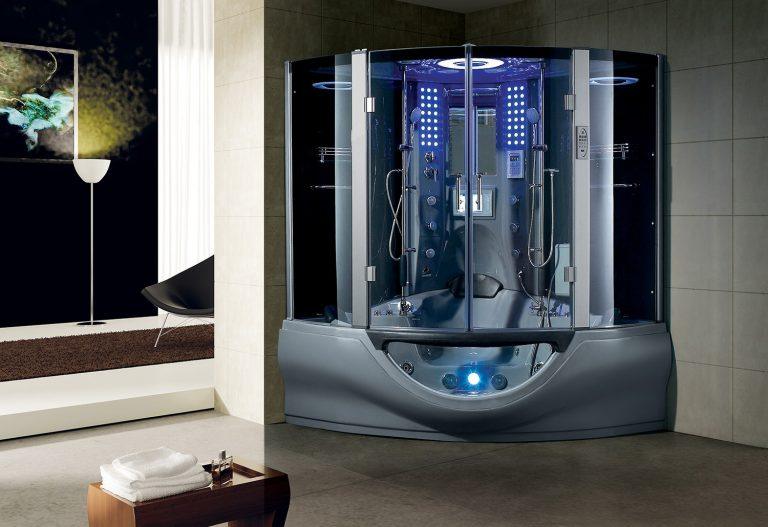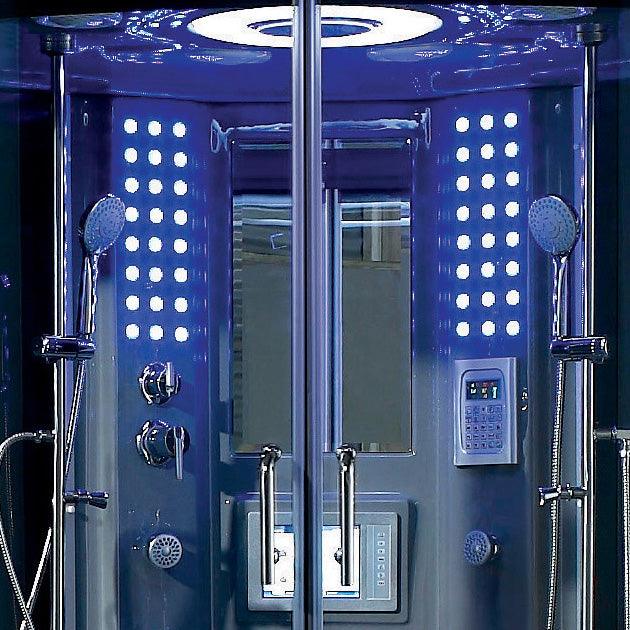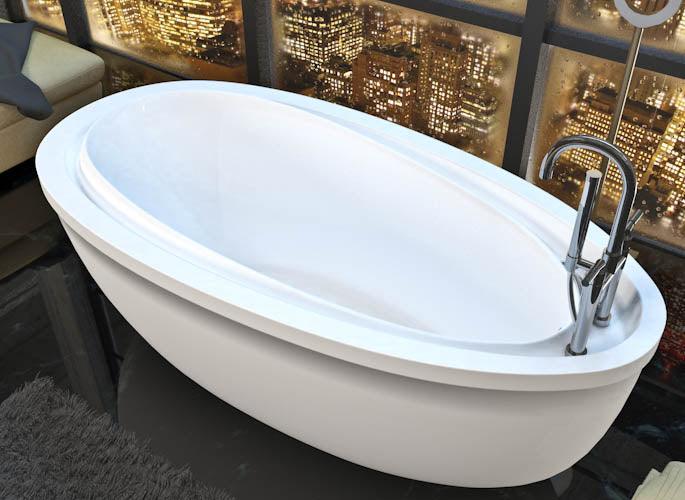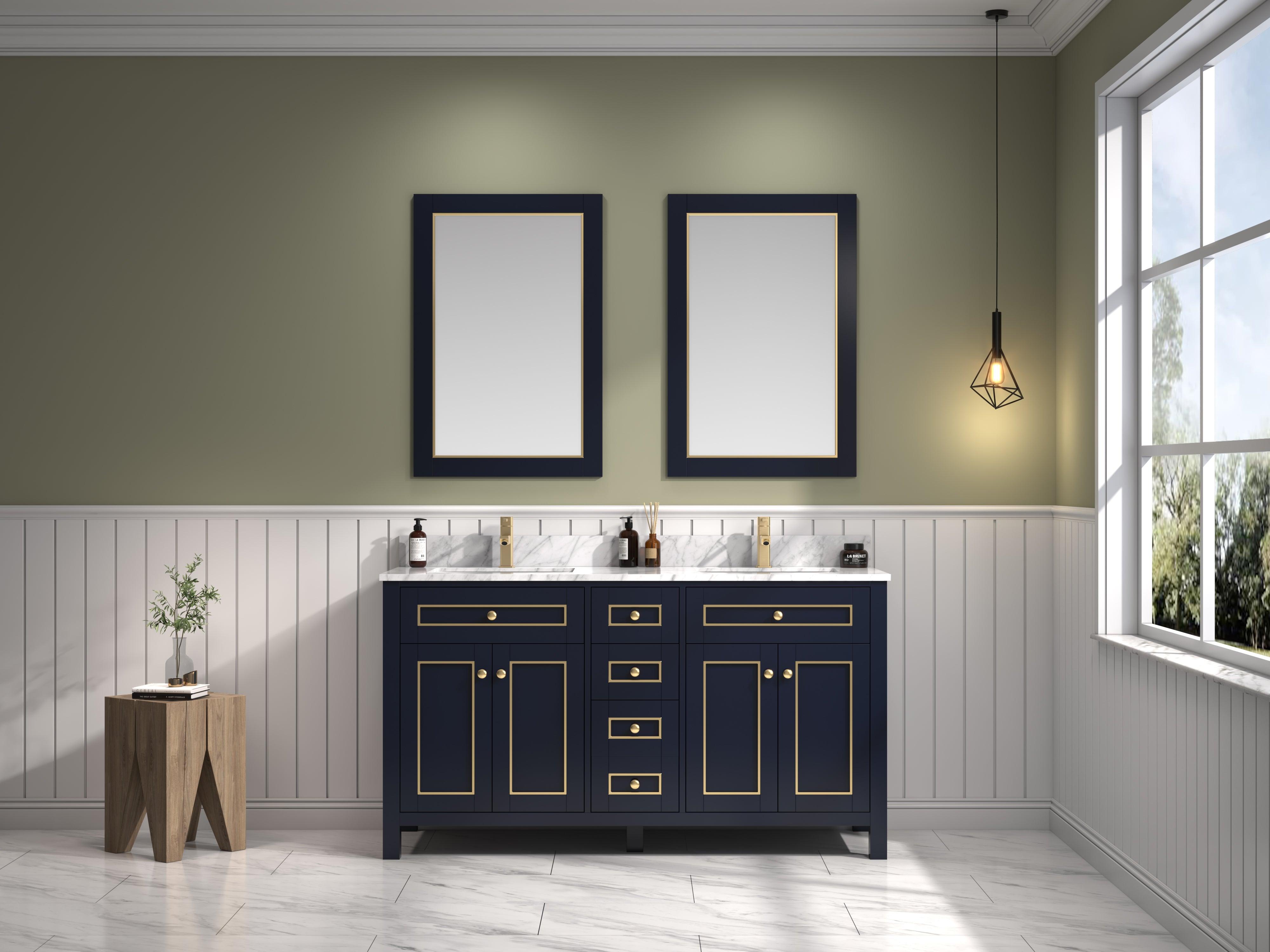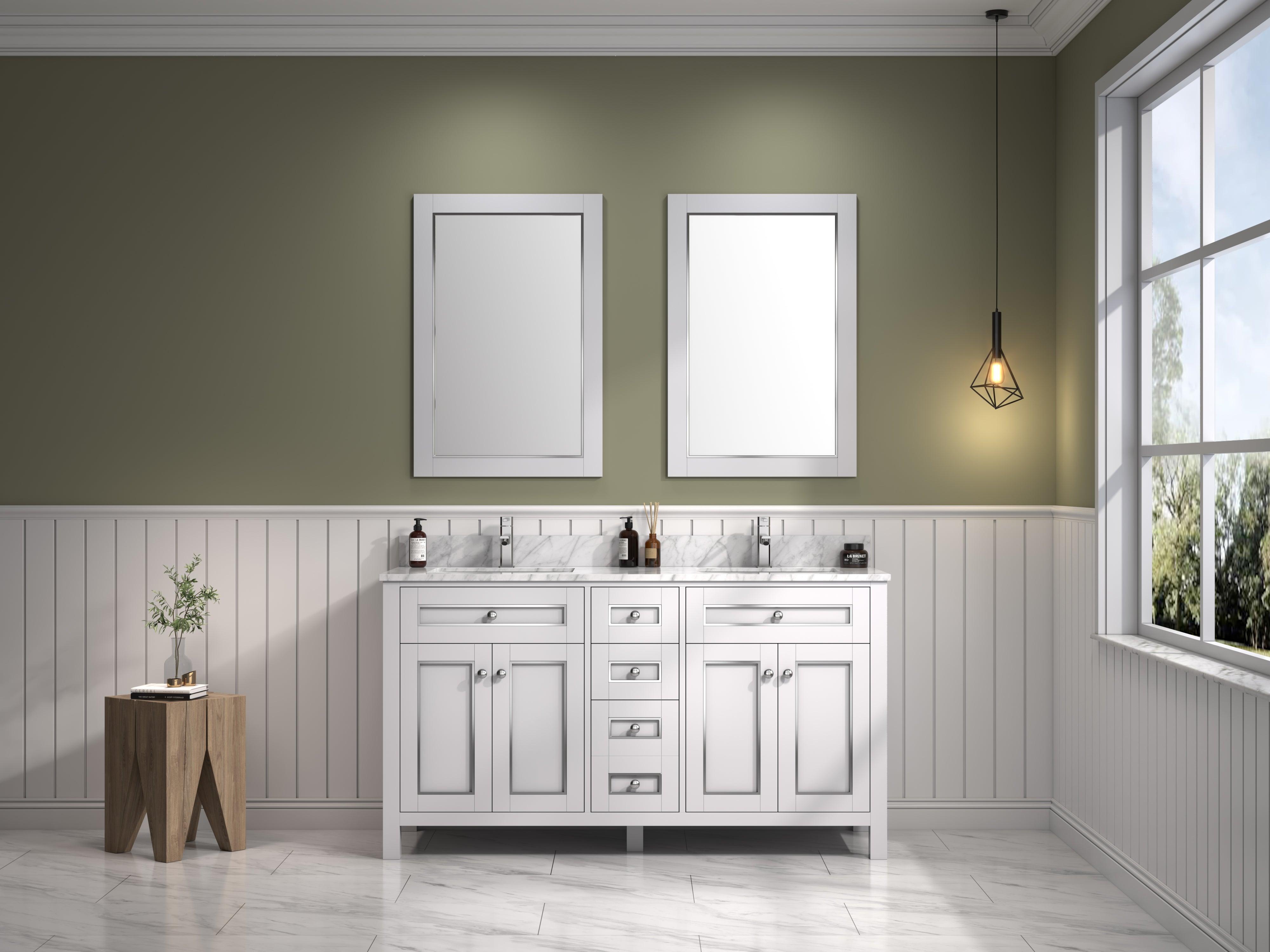When you think of a luxurious bathroom, what comes to mind? Perhaps it's the gleaming fixtures and marble accents that create an atmosphere of opulence. Or maybe it's a freestanding tub, perched in the center of the room like a work of art. There is something timelessly captivating about standalone bathtubs - they can transform any space into an oasis of relaxation.
Recent studies have shown that more than 40% of homeowners prefer standalone tubs as their top choice when renovating a bathroom. This speaks volumes to how these beautiful pieces bring undeniable charm and luxury to any home. From classic clawfoot designs to modern shapes with sleek lines, standalone tubs are available in all styles and sizes. Plus, they provide plenty of bathing options; from soaking away stress in warm water to reclining for a bubble bath indulgence.
For centuries, bathrooms have been transformed by the presence of stand-alone baths – and this trend shows no signs of slowing down anytime soon! Whether your preferred style is traditional or contemporary, there’s sure to be a perfect piece out there waiting for you – one that will bring timeless beauty and comfort into your home for years to come.
Types Of Standalone Bathtubs
Nothing is more soothing than a hot bath in your own standalone tub - the perfect way to relax after a long day. And if you're looking for something timeless, classic even, standalone baths are just the thing. From traditional freestanding pieces to modern and luxurious designs, there's no shortage of options when it comes to choosing a standalone bathtub.
For starters, there’s the clawfoot tubs – an old-world style that never goes out of fashion. These iconic standalones offer plenty of room for two people with their deep basins and high backs. Alternatively, slipper bathtubs provide a vintage charm with their one-sided design which allows easy access from either side of the tub. If neither suits your taste or space requirements, then perhaps opt for the drop-in variety instead – these versatile models can be set into any existing bathroom structure without difficulty.
No matter what option you choose, each type brings its own unique appeal; allowing users to create a personalized experience tailored specifically to them. So why not take advantage of this opportunity and find yourself a timeless piece that will last through time?
Benefits Of Standalone Bathtubs
Imagine a luxurious marble bathtub in the middle of your bathroom. Its curves are inviting and its beauty timeless, drawing you into an experience that fills up the senses with relaxation. A standalone bathtub is just such a thing – it stands alone, or apart from any other fixtures like walls or showers, allowing one to take full advantage of its charm.
A standalone bathtub offers many benefits; for starters, they provide increased space since there’s no need to fit it into a corner or against a wall. This also means greater freedom when making design choices and more flexibility when dealing with plumbing configurations. Moreover, these tubs come in all sorts of styles and sizes so there's something out there for everyone!
Not only do standalone bathtubs add style to any bathroom but they can also help make it look more spacious. The open area around them leaves plenty of room for decorating touches like candles, plants, artwork - whatever you choose! In addition, their unique shape makes them perfect for soaking in comfort as well as adding some visual interest to the overall atmosphere of your spa-like retreat.
Materials Used To Manufacture Standalone Bathtubs
Standalone bathtubs offer a unique visual appeal and timeless charm, which makes them highly desirable for many homeowners. It is important to understand the materials used in their construction as well, since they vary greatly depending on the style of tub you choose.
Most standalone baths are made from either acrylic or cast iron. Acrylic material provides greater flexibility when it comes to design options while also being more lightweight than other materials. Additionally, it offers superior heat retention qualities that make it an ideal choice for those seeking a luxurious bathing experience. Cast iron is another popular choice due to its durability and classic look; however, this option may be heavier and less forgiving if damaged or scratched.
No matter what material you select for your freestanding tub, proper maintenance will ensure its longevity so you can enjoy its timeless beauty for years to come. With careful consideration of the type of material best suited to your needs and lifestyle, selecting the perfect standalone bathtub is easier than ever! Now let’s take a closer look at installation requirements for these types of baths.
Installation Requirements For Standalone Bathtubs
When it comes to installing a standalone bathtub, there are certain requirements that must be met. Firstly, the tub needs to be placed on a flat and level surface in order for it to function properly. This is necessary for ensuring safety when using the product as well as avoiding any potential water damage from leaks or overflows. Additionally, if your floor isn't already tiled then you'll need to tile around the bathtub before installation takes place.
The next step involves plumbing work which can usually be done by a professional plumber or handyman. They will connect all of the required pipes and valves to ensure proper functioning of the bathtub's features such as filling up with water or draining out afterwards. It might also involve running electricity wires depending on whether you want lighting fixtures installed within the tub itself or nearby area.
Finally, once everything has been successfully connected, you should do some testing runs just to make sure that no problems have arisen during installation process. These tests could include checking for any possible leaks and making sure that all controls are working correctly including taps and showers etc. After this is completed, your new standalone bathtub should now be ready for use!
Now that we understand how important installation requirements are when shopping for a standalone bathtub, let's take a look at other key factors one should consider beforehand.
Factors To Consider When Shopping For Standalone Bathtubs
Like a beautiful dream, finding the perfect standalone bathtub for your home can be a captivating experience. Just as you would search for the right piece of art to hang in your living room, selecting the best freestanding tub requires some thoughtful consideration. With so many styles and materials available on the market today, it’s essential to understand which factors will help you make an informed decision that fits with your unique needs and preferences.
From size and depth to installation requirements and construction material, there are numerous elements to consider when shopping for a standalone bathtub. The first step is determining what type of design works best for your bathroom space; whether it’s a traditional clawfoot or modern oval shape - each style has their own advantages and disadvantages. After deciding on the overall look, focus on important details like width, length, height and weight capacity. Pay close attention to how much water they hold too – this will ensure optimal comfort while bathing.
When it comes down to choosing between different construction materials such as acrylic or cast iron, think about how long-term maintenance may affect your final selection. While both offer durability, heat retention capabilities and easy clean ups, one might require more upkeep than the other over time - depending on your lifestyle and budget constraints. Ultimately all these aspects should be taken into account before investing in a timeless beauty that will stay with you for years to come.
To get the most out of having a standalone bathtub in your home, remember that proper care and maintenance is key!
Tips For Maintaining Standalone Bathtubs
Maintaining a magnificent, standalone bathtub requires patience and precision. Practicing proper procedures preserves the timeless charm of your tub, protecting its prestige for years to come. Preparing properly prevents problems from developing and ensures you're soaking in serenity for many baths ahead.
Firstly, it's important to clean carefully. Cautiously coddle your tub with cleaning products specifically suited for its surface: ceramic tiles need different solutions than fiberglass or acrylic ones. Cleaning regularly guards against grime and gunk gathering too much ground over time. Use warm water when washing off soap scum; this will minimize potential damage due to hard-water deposits that can form on surfaces exposed to cold temperatures long enough.
Secondly, sealing should be done sporadically throughout the year. Applying sealant helps protect the material of your bathtub from things like mold, mildew, and other bacterial growths while preventing discoloration caused by harsh chemicals and dirt build up. Additionally, re-caulking any gaps between the tub and wall is necessary every few months as well; this keeps moisture out so rust doesn't have a chance to set in and ruin both pieces of bathroom decor!
Lastly, don’t forget about regular inspections – checking for cracks or chips every now and then is essential for safeguarding against further damages down the line. If any issues are identified during these inspections make sure to address them immediately before they worsen over time which could cost more money in repairs later on. With these tips kept top of mind, you'll enjoy relaxing sessions in your luxurious spa haven free from worry about worrisome wear! Moving forward we explore popular design trends for standalone bathtubs...
Popular Design Trends For Standalone Bathtubs
Have you ever wondered what kind of design trends are popular for standalone bathtubs? Standalone bathtubs offer a timeless charm and can serve as the focal point in any bathroom. Here, we'll explore some of the top design trends that make these tubs even more stylish and inviting.
First, many homeowners are opting to go with freestanding baths made out of natural stone or marble. Not only is this material incredibly durable, but it also looks great when paired with neutral colors like whites, blacks and grays. Additionally, adding a few accent pieces made out of wood or brass can help to warm up the space while still keeping things modern and chic.
Finally, unique shapes such as oval and round designs have become increasingly common among those looking to incorporate an eye-catching feature into their bathrooms. Such shapes add instant character to any room while also providing plenty of soaking space at the same time! With so many options available today, creating your own personal oasis within your home has never been easier.
As one can see from these popular design trends, there's no shortage of ways to create a luxurious atmosphere around standalone bathtubs. From sleek materials to artistic shapes, incorporating just the right elements will transform your existing bathroom into something truly special - all without having to break the bank in the process!
Ideas For Decorating Around A Standalone Bathtub
A standalone bathtub is an oasis of tranquility, beckoning those who seek peace and relaxation. It's a timeless feature that can bring both beauty and luxury to any bathroom. But how do you decorate around it? Let's explore some ideas!
To add personality to your space, create a cozy atmosphere with warm hues like terracotta or goldenrod-yellow. To make the tub really stand out, think about adding a few pieces of art along the wall -- perhaps something abstract in complementary colors. Try incorporating different textures too -- consider wicker baskets for towels and blankets, or even fluffy area rugs on the floors leading up to the tub.
Another way to enhance this special area is by bringing in natural elements such as plants and flowers. Choose potted ones so they’re easy to move around, plus they'll help purify the air while adding a touch of greenery. If you want more light during long soaks, why not hang fairy lights from shelves or above mirrors? You could also install sconces near the ceiling for a relaxing ambiance at night.
No matter what look you decide on, let your imagination take over when considering ways to spruce up your standalone bathtub. With these tips and tricks in mind, you're sure to end up with a stunning sanctuary that will keep drawing you back again and again!
Frequently Asked Questions
Are Standalone Bathtubs Suitable For Small Bathrooms?
The timeless charm of a standalone bathtub has the power to transform any bathroom into an oasis. It's like a sparkling gem, radiating calm and relaxation in its wake. But are these majestic pieces suitable for small bathrooms?
As it turns out, yes! Standalone baths can be just as effective in making the most of narrow or compact spaces – you only need to think outside the box. With clever placement, thoughtful accessorizing, and some creative problem-solving, even the tiniest bathrooms can benefit from a freestanding tub.
Your own little retreat is within reach; all that’s needed is a bit of imagination and ingenuity. So don't let your cramped quarters stop you from enjoying this classic piece of furniture – make it work with careful planning and attention to detail. After all, who wouldn't want their own private sanctuary?
How Much Space Do I Need To Install A Standalone Bathtub?
When it comes to standalone bathtubs, you need to consider the amount of space in your bathroom. These tubs don't require a lot of room, but you do need adequate clearance around them for comfortable use and access. If you're looking at incorporating a free-standing bathtub into your small bathroom renovation project, there are a few things to consider when thinking about how much space is needed.
First off, most standalone bathtubs should be placed at least four feet away from any walls or obstacles in order for users to comfortably get in and out of the bath without risking injury. The size of the tub will also play an important factor in determining how much space is required since larger sizes may not fit well with limited floor area available. Additionally, if the tub has any special features like whirlpool jets or handshowers then additional clearance must be taken into account as these items can add up quickly.
Fortunately, even with small bathrooms there are plenty of options when it comes to installing a standalone bathtub. Many manufacturers offer smaller models that won't take up too much room while still providing luxurious comfort and style - perfect for making the most out of your tiny oasis! With just a bit of careful planning and consideration, you'll have no problem finding the best solution for creating the timeless charm of a freestanding bathtub in your home.
What Is The Difference Between A Freestanding And A Clawfoot Bathtub?
Recent statistics show that the popularity of standalone bathtubs is on the rise, with more and more people searching for ways to bring timeless charm into their bathrooms. If you're considering adding a standalone tub to your home, it's important to know the difference between a freestanding and clawfoot model.
A freestanding bathtub does not require any additional support brackets or walls; rather, its shape allows it to stand alone without creating an imbalance in weight distribution. It also gives off a modern look since it doesn't have four legs like most other traditional types of baths do. On the other hand, a clawfoot bath has four feet which provide extra stability while giving it a vintage style. They are usually made from cast iron or acrylic material, making them quite durable yet elegant at the same time.
Both designs offer unique advantages when compared side-by-side. For instance, if space is limited then a free standing one may be preferable due to its ability to fit into tight spaces better than its counterpart would. Additionally, depending on your design preference either type can give your bathroom the perfect touch of elegance and sophistication that only standalone baths can provide.
What Is The Average Cost Of A Standalone Bathtub?
When it comes to the timeless charm of a standalone bathtub, many homeowners are looking for an affordable option. According to most estimates, the average cost of a freestanding bathtub ranges between \$1,000 and \$2,500. This is a wide range and depends on factors like size, material used, brand name and plumbing installation costs.
For those who want to save money in their bathroom renovation project, there are several alternative options available at lower prices. Clawfoot tubs made from acrylic or fiberglass can be found in the range of $400-$900 while cast iron claw feet may run as high as $3,000 depending on style and condition. Additionally, some companies offer wholesale discounts if you purchase multiple items at once.
No matter what type of stand-alone bathtub you choose for your home makeover project, it's important to consider its durability when making your decision. Many materials such as enameled steel or acrylic will last longer than other cheaper alternatives such as plastic or vinyl. Furthermore, look into any warranties offered by manufacturers that could provide coverage against damages due to normal wear over time.
What Are The Best Cleaning Products To Use On A Standalone Bathtub?
A standalone bathtub can add a touch of timeless elegance to any home. But it's important that you maintain and clean your tub regularly in order to keep it looking its best. That's why we're here to help: what are the best cleaning products for a standalone bathtub?
To answer this question, let’s look at four must-have items that will keep your tub shining like new:
- A mild cleaner such as bleach or baking soda.
- Soft sponges and cloths for scrubbing without scratching the surface.
- An old toothbrush for hard-to-reach areas around the taps and joints.
- A nonabrasive polish specially designed to protect the finish of porcelain surfaces.
These products are all essential when it comes to keeping your bathtub sparkling! Not only do they prevent staining and discoloration, but they also ensure that your tub retains its original shine no matter how often you use it. So don't forget these key elements – they'll make sure your bathroom looks stunning every time you step into it!
Conclusion
The timeless charm of a standalone bathtub is undeniable. From their stunning silhouettes and classic curves to their elegant designs, freestanding tubs have been enchanting homeowners for decades. Whether you're looking for a luxurious centerpiece in your bathroom or simply want an upgrade from the standard shower-and-tub combo, these chic fixtures can provide a unique touch to any space.
Installing a standalone bathtub isn't just about aesthetics either; they offer plenty of practical benefits as well. With the right amount of space, it's possible to fit one into even the smallest bathrooms while still making room for other necessary amenities. And with models ranging in price and quality, there's something out there that will suit virtually any budget.
No matter what style you choose, proper maintenance is essential when it comes to keeping your new tub sparklingly clean and beautiful over time. Regular cleaning with specialized soaps and solutions helps protect its surface and ensures that it remains spotless for years down the line - preserving its timeless appeal for generations to come.

